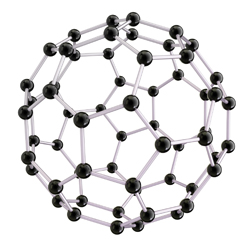Assessing the neurotoxicity of novel engineered materials
Engineered NPs are small enough to cross the blood–brain barrier (BBB) that protects the brain from foreign invaders. Evidence suggests that they may induce oxidative stress in living organisms resulting in cell damage including effects on DNA. Their large surface area relative to volume can also induce anomalous folding of amyloid proteins (fibrillation), a process associated with neurodegenerative pathologies such as Alzheimer's and Parkinson's diseases. The increasing prevalence of engineered NPs in products and devices increases our exposure to them. This makes a careful study of the phenomena a matter of urgent concern in public health. The EU-funded project NEURONANO(opens in new window) investigated how NPs cross the BBB and assessed oxidative stress and fibrillation effects on primary cell co-cultures and animal models. Scientists did not find a link between NP effects and cellular oxidative stress. Only one NP tested was cytotoxic, inducing lysis of blood cells and mitochondrial damage. However, all NPs induced or modulated protein fibrillation, an effect that could be inhibited. However, further work is needed to understand the mechanisms of inhibition for optimisation. NP access to the brain was strongly dependent on the exposure mechanism (inhalation, peripheral injection or intravenous injection). Even the most efficient transfer allowed less than 1 % of the applied dose to reach the brain. Low accumulation in the brain could be due to accumulation in the brain endothelium barrier cells themselves as seen in the in vitro barrier model. In addition, there is evidence that the accumulation of non-toxic NPs could induce secondary signalling events potentially related to pathologies and neurodegeneration. NEURONANO was a seminal study on the neurotoxicity of engineered NPs, resulting in over 50 publications in peer-reviewed scientific journals. While laying important foundations for standardisation and regulation, it also provides avenues for research and has spawned numerous related international research efforts. The development of a large library of radio-labelled NPs, experimental protocols and assays has primed the research community to discover means to enhance public health.







